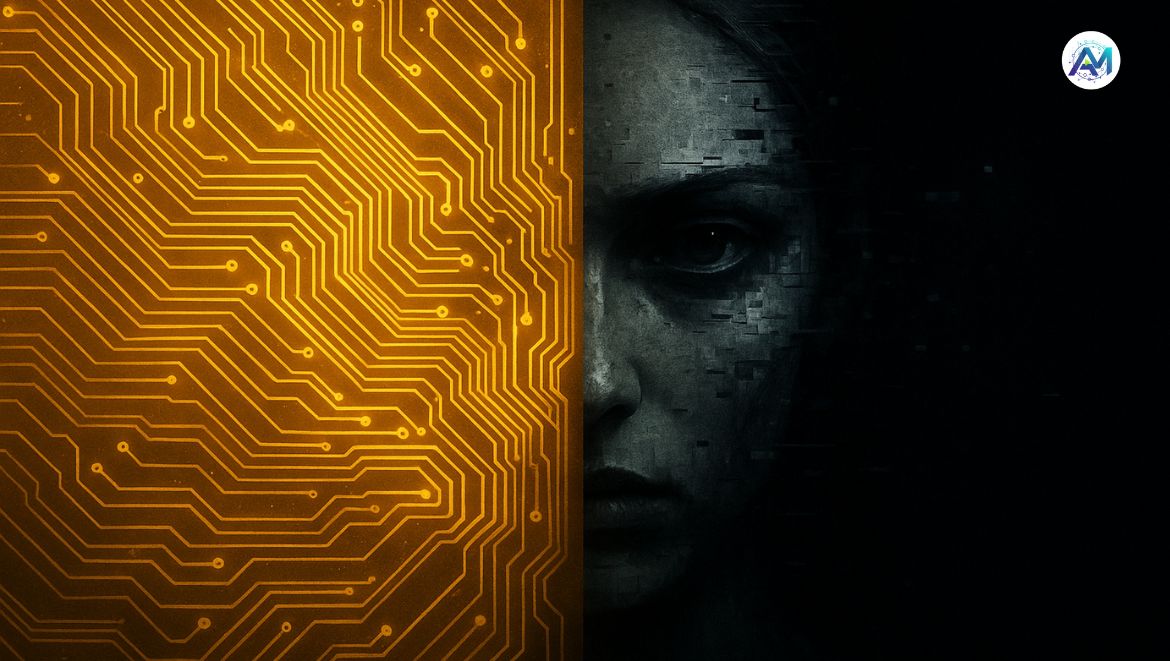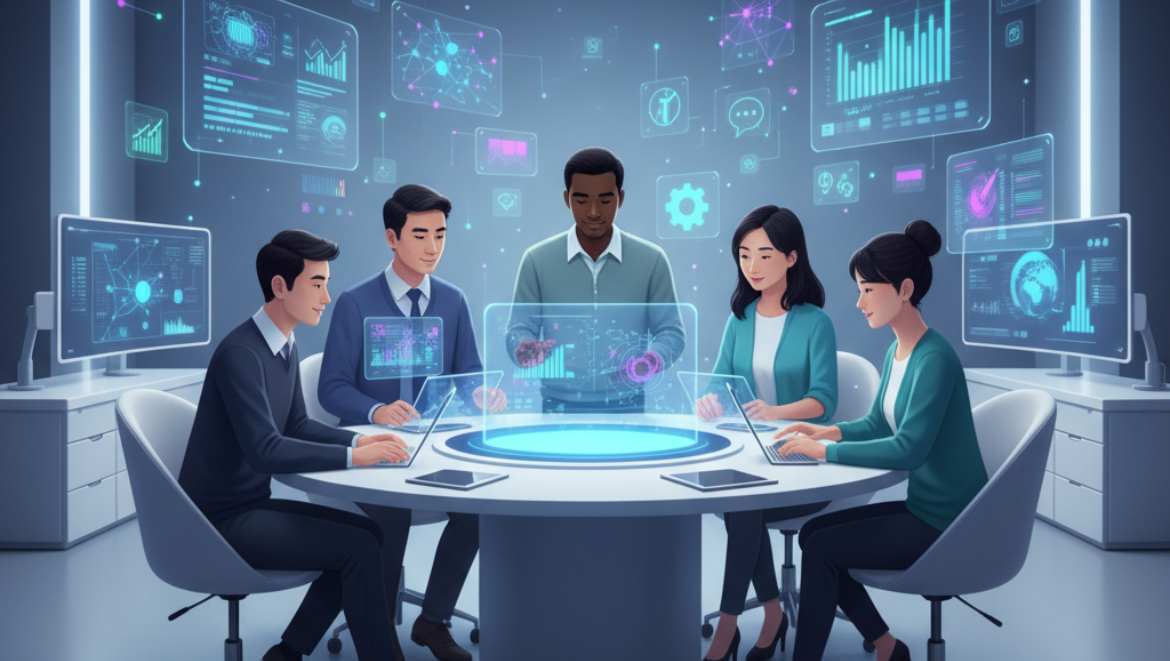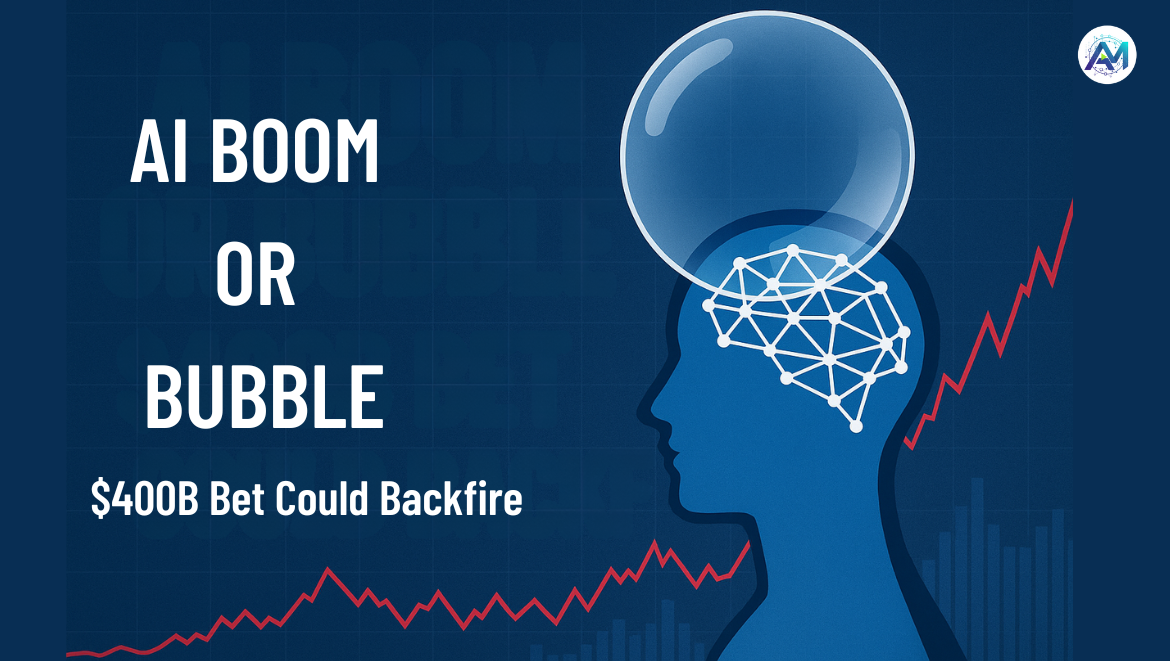In Silicon Valley, contradictions are currency. As Nvidia’s market cap blasts past $3 trillion and Google and Microsoft report record AI revenues, Wall Street is euphoric. Artificial intelligence, we’re told, is the next industrial revolution — and the next profit engine.
But away from the investor calls and glossy product demos, another story is unfolding — one powered by the same algorithms. It’s a story of deepfake death threats, wrongful arrests, identity theft, and suicides linked to synthetic content.
Welcome to the AI Nightmare vs. AI Goldrush — a tale of innovation’s brightest boom colliding with its darkest fallout.
The Boom: Machines Printing Money
The AI economy has become the fastest-growing tech sector in modern history. Nvidia’s GPUs now power 90% of global AI training workloads. Microsoft’s Azure AI revenue jumped more than 30% year-over-year. Google’s Gemini models are embedded in everything from Docs to YouTube’s ad engine.
Analysts call it “the infrastructure phase” — when AI ceases to be novelty and becomes necessity. Every dataset is a new oil well, every model a new refinery.
For investors, it’s electric. For humanity, the charge is less predictable.
The Nightmare: When AI Turns Against Us
While the market celebrates, the social toll is climbing at exponential speed.
According to Deeptrace Labs and Sensity AI, 96% of all deepfake videos online are pornographic, with 99% targeting women. The number of such videos has doubled every six months since 2019 — and many victims are minors or private citizens.
AI-generated voices and faces are now being used in scams costing billions: a recent $25 million heist in Hong Kong was orchestrated entirely through deepfaked video calls. Globally, fake news and synthetic content are estimated to cause $78 billion in annual losses.
And the human cost? In multiple reported cases, victims of AI-driven impersonation and harassment have taken their lives — the ultimate price for digital exploitation.
“AI isn’t just hallucinating anymore,” said one cybersecurity analyst. “It’s industrializing deception.”
The Collision: When Capital Outruns Conscience
The paradox is stunning: the same companies whose technology fuels these harms are also the ones investors reward most. Nvidia, Microsoft, and Google — all linked to generative AI ecosystems that enable deepfakes — are simultaneously being praised for “driving innovation.”
It’s the new moral math of the machine age:
If a model that creates art can also create terror — and both outcomes drive revenue — who’s accountable?
Governments are still scrambling for answers. The EU AI Act inches forward, the U.S. lacks comprehensive regulation, and social platforms rely on automated moderation — the very systems now being gamed.
The market has learned to price in innovation. It hasn’t yet learned to price in consequence.
Why This Moment Matters
Every technological revolution has its externalities — the industrial age polluted rivers, the internet polluted truth.
AI Nightmare vs. AI Goldrush is now doing both: amplifying power while corroding trust.
We are watching a civilization automate creativity, analysis, and emotion — yet outsource accountability to no one.
The result is a feedback loop where efficiency outpaces empathy, and scale multiplies both profit and pain.
Author’s Take: Between Awe and Alarm
We’re standing in the middle of a double exposure — the brightest AI Infrastructure boom and the darkest fallout of the machine age.
The AI goldrush will transform economies, yes. But if the nightmare — deepfakes, disinformation, dehumanization — continues unchecked, the human cost will be staggering.
The real question for this decade is no longer what AI can do, but what humanity will allow it to become.
Innovation without introspection isn’t progress — it’s projection.
Visit: AIMetrix



